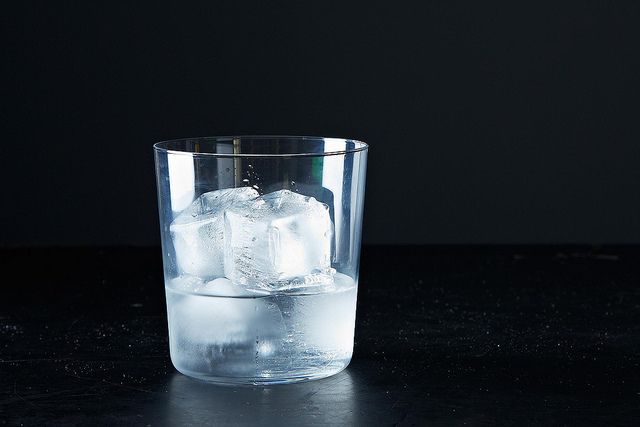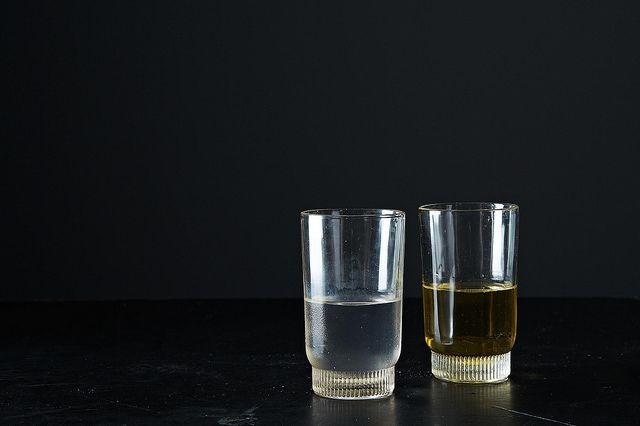Popular on Food52
9 Comments
Lost_in_NYC
August 21, 2013
Another cool bit of information to impress dinner guests or dates with: On every tequila bottle there is a 4-digit rating that the Mexican gov't grants the distiller. Its usually on the front or back within a square. Basically the higher the rating, the smoother and higher quality the tequila it is (no burn sensation). Jose Cuervo is the 1100's, hence the burn one feels when you knock it back (with or without lime). Milagros is in the 1400's so its definitely smoother and can be consumed on the rocks/neat/fancy cocktail.
Thomas L.
August 21, 2013
This information is incorrect. The number you are referring to is the NOM number. This four digit number identifies the distillery in which the tequila was produced. This number has nothing to do with the quality of the tequila. The CRT, which assigns these numbers, has nothing to do with rating or ranking tequila.
Thomas L.
August 16, 2013
2oz fresh squeezed lime juice, 2oz Leroux triple sec, 1oz 100% agave tequila blanco of your choice(anything aged ads an uncharacteristic wood flavor) or 2oz of tequila if you like it stronger. Add crushed ice and shake. Strain into lowball glass and add crushed ice from shaker until full. Recipe never fails.
walkie74
August 15, 2013
Cold as possible and sipped, preferably with homemade salsa and chips. My husband is terrified of it, but that just means I can drink his share :)
Lynn W.
August 14, 2013
Great article simple put. Saw a tequila distillery in Mexico outside Mazalon. So interesting thanks
savorthis
August 14, 2013
I generally prefer tequila on the rocks with just a slight squeeze of lime, but I did really enjoy a smoked tea, kumquat cocktail we made: http://food52.com/recipes/20796-smoked-tea-quila-quat-fizz
SuSu
August 14, 2013
Blanco or plata tequila, juice of 2 limes, 1/8t raw honey, top with sparkling water and garnish with lime twist.





See what other Food52 readers are saying.